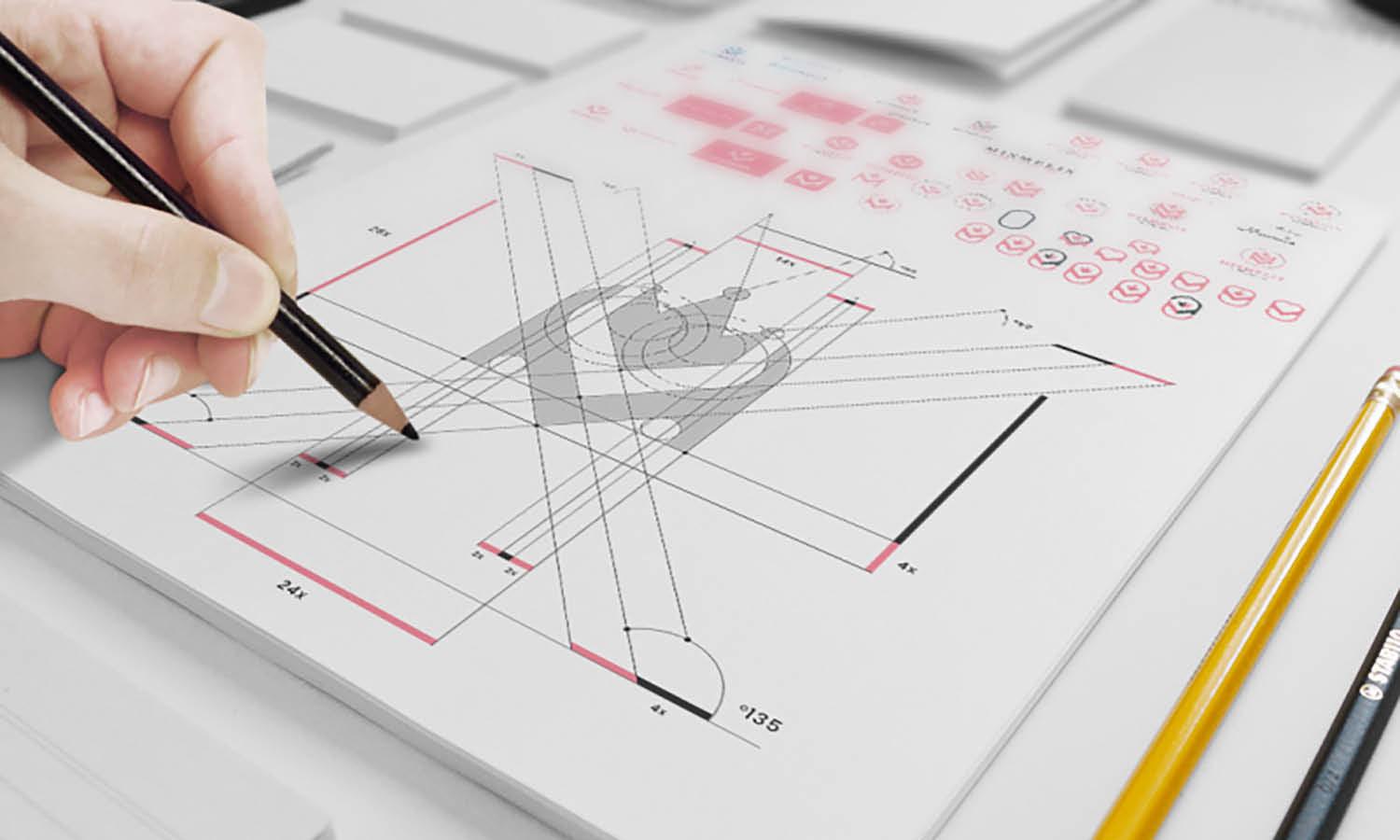Common Mistakes to Avoid When Using a Small Tractor on Your Property

Working with a tractor takes the heavy lifting off your shoulders literally and opens the door to tackling jobs that would otherwise take all weekend. Be it wrangling weeds, hauling dirt, or grooming a sprawling block of land, these machines pull their weight and then some. But while the convenience is undeniable, using a small tractor comes with a learning curve that is easy to overlook.
Pushing It Beyond Its Limits
Even the smallest tractor can effortlessly do what several people can't. However, assuming your compact machine can do it all can be a costly mistake. A small tractor might look tough, and it is, but it’s not a miracle worker.
Treating it like a full-size farm rig is a quick way to burn out the engine, snap an attachment, or worse, end up with a safety issue on your hands. Keep an eye on weight ratings, attachment specs, and recommended usage.
Using the Wrong Attachments for the Job
Attachments are where your tractor really shines, if you use them properly. The problem is, too many people grab whatever is lying around and expect top-notch results. Trying to flatten rocky soil with a flimsy rear blade? You will wear it out before you get the job done.
And don’t get started on bargain-bin implements, they might save you a few bucks now, but they always cost you later in time, repairs, or both. Always match the task to the right tool, and make sure it’s built to last.
Skipping Routine Maintenance Checks
Here is the thing, just because it’s small doesn’t mean it’s low-maintenance. In fact, compact tractors can be less forgiving when it comes to neglect. Forget an oil change or overlook fluid levels, and you will likely hear about it in the form of a weird noise or a sudden breakdown.
Check the tyres. Watch those hydraulic levels. Stick to the service schedule like your weekend plans depend on it, because they probably do.
Operating Without a Clear Plan
You wouldn’t start a road trip without knowing where you are headed, so why fire up the tractor with no plan? Jumping in without sizing up the area or deciding the best approach can turn a simple job into a time-wasting circus.
A quick walk-through can go a long way, scope out slopes, dodge obstacles, figure out your lines, and make a mental note of escape routes if things go sideways. Planning can prove challenging, but it keeps things efficient and safe.
Ignoring Ground Conditions and Weather Impact
Small tractors and poor ground conditions don’t go well. Get too eager after a downpour, and you will sink faster than you can say “tow strap.” On the flip side, rock-hard dirt can beat up your implements and leave your tractor bouncing like it is on a trampoline.
It is not just about the task at hand, but also about when you do it. Pay attention to the soil, the condition of your farm, and the sky. Sometimes, the smartest move is waiting a day or two.
Overlooking Operator Safety Measures
Compact or not, this is still heavy machinery. And yet, people get far too casual around it. No seatbelt? ROPS bar down? Passengers hanging off the back like it is a theme park ride? These shortcuts are not just bad habits but accidents waiting to happen.
Respect the machine. Get familiar with its controls, stay alert on uneven ground, and treat every job with the same level of caution you would give to bigger equipment.
Final Thoughts
There is no doubt that owning a tractor transforms how you manage your property. But that power comes with responsibility. Knowing your equipment, planning your work, keeping it well maintained, and respecting safety protocols allows you to get the most from your investment.
So next time you hop on your small tractor, remember: how you use it matters just as much as having it in the first place. Keep it smart, stay safe, and let the machine do what it does best on your terms.















